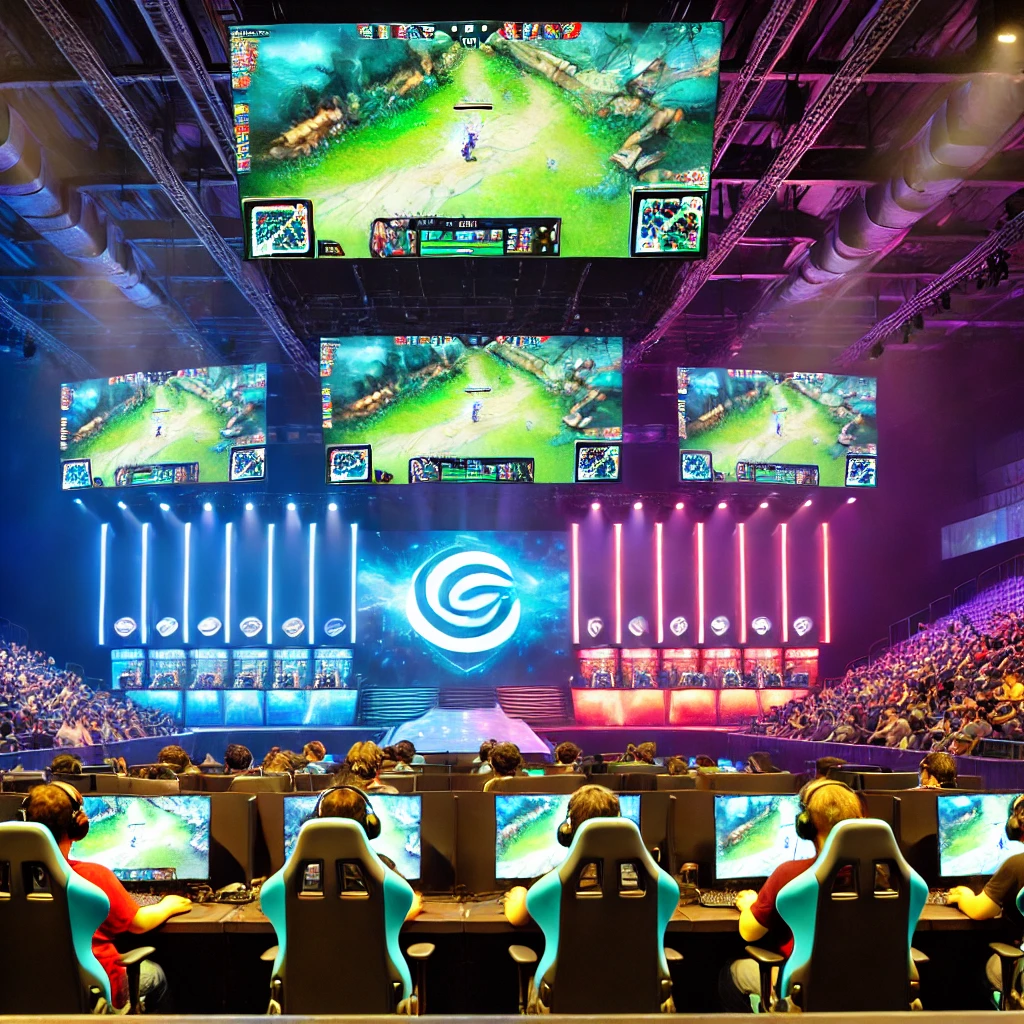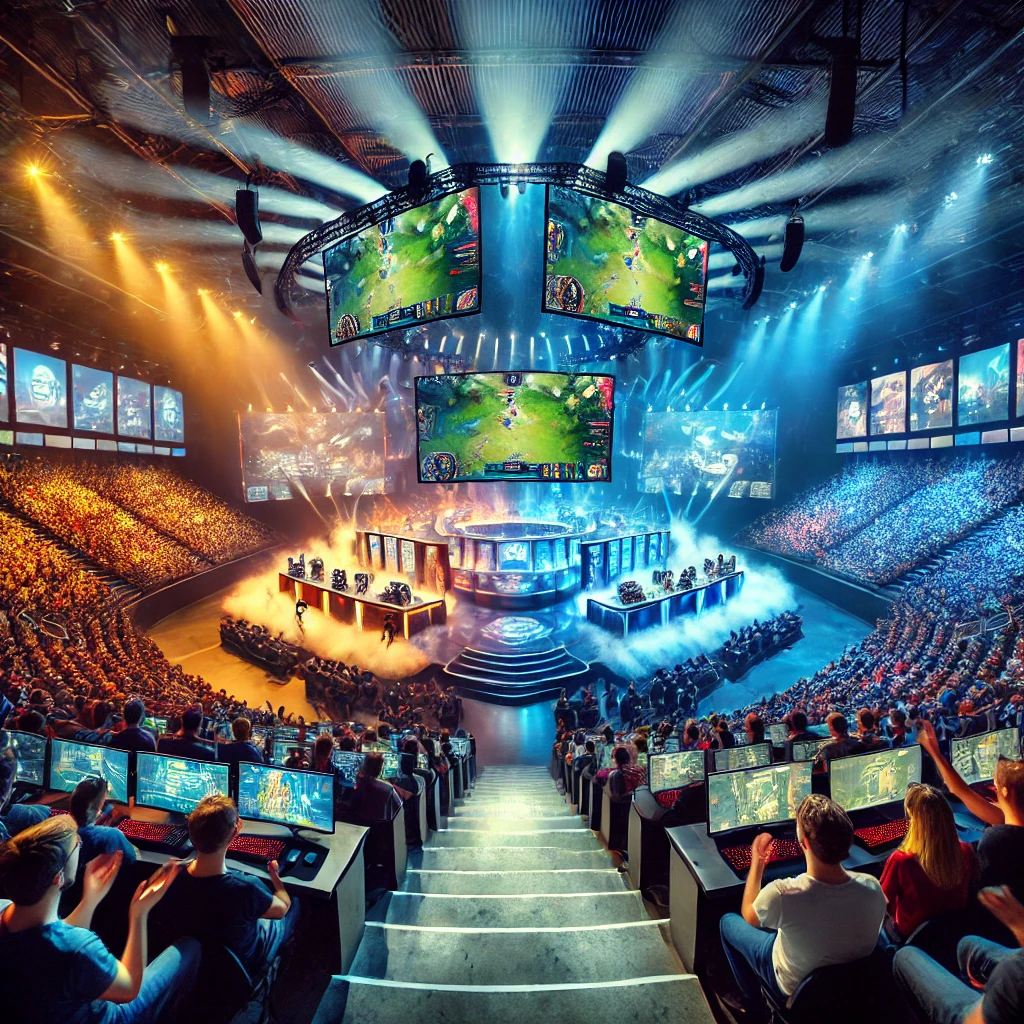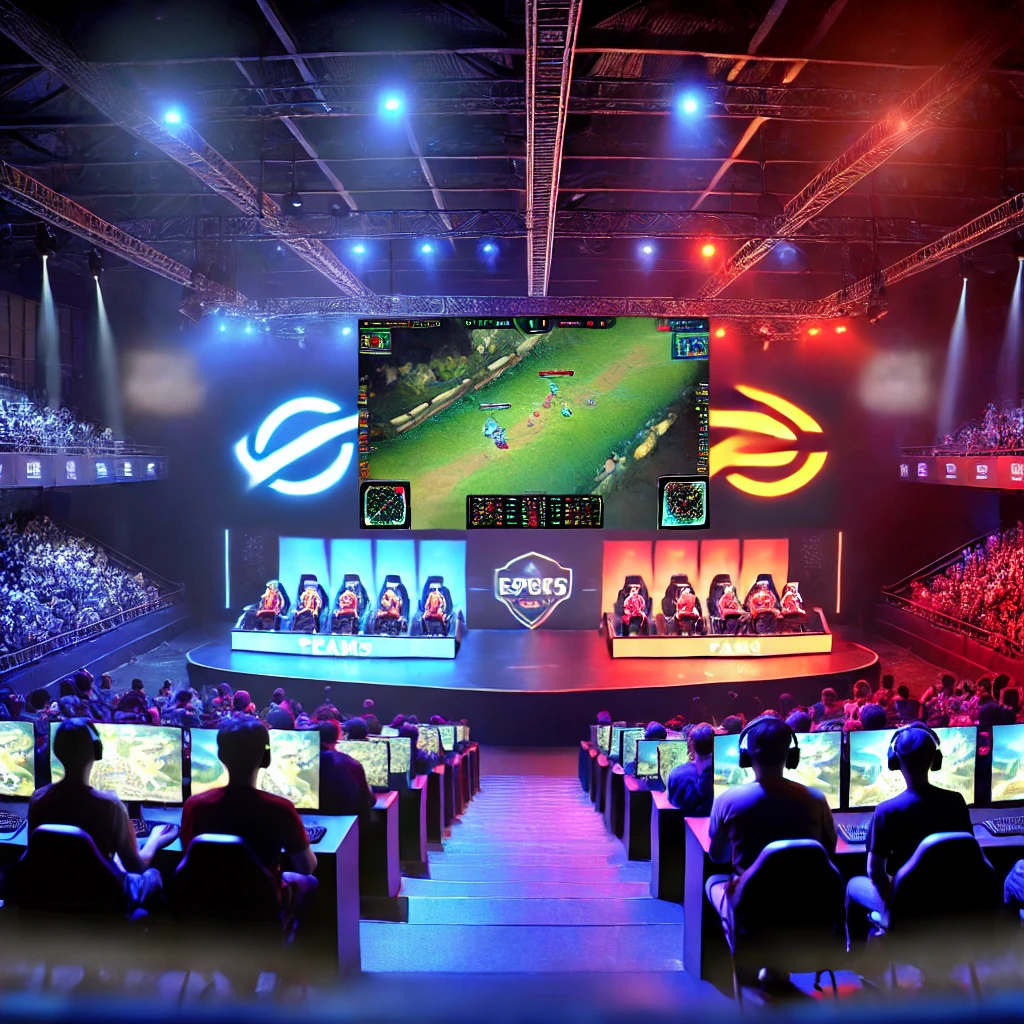Over the past decade, esports has exploded into a billion-dollar global industry, transforming from a niche hobby into a mainstream entertainment powerhouse. Drawing millions of viewers, securing major sponsorships, and offering lucrative careers for professional players, esports has established itself as a legitimate competitor to traditional sports. With tournaments rivalling the scale and prestige of established sporting events, esports is now firmly embedded in popular culture. This article delves into the history, rise, and future of esports and the key drivers behind its phenomenal success.
1. The Origins of Esports
Competitive gaming has been around since the early days of video games. In 1972, Stanford University hosted the first notable gaming competition for the game Spacewar. However, it wasn’t until the 1990s that esports gained real momentum, thanks to the rise of the internet and multiplayer games like Quake, StarCraft, and Counter-Strike.
During this time, South Korea became a hub for esports, with StarCraft: Brood War spawning professional leagues and televised tournaments. The growth of broadband internet allowed players worldwide to compete online, laying the foundation for today’s global esports industry.
2. Key Factors Behind Esports’ Growth
a. Streaming Platforms and Accessibility
The advent of platforms like Twitch and YouTube Gaming transformed esports. These platforms made it easy for gamers to stream their gameplay, and fans could watch their favourite players and teams live. Twitch quickly became the leading platform for esports, offering live streams of tournaments, player channels, and gaming-related content. This accessibility opened up esports to a global audience, breaking down geographical barriers and fostering a thriving community.
b. The Rise of Competitive Games
Certain games have played a pivotal role in esports’ growth. Titles such as League of Legends (LoL), Dota 2, and Counter-Strike: Global Offensive (CS) have large player bases and host massive international tournaments.
- League of Legends: LoL’s annual World Championship attracts millions of viewers and boasts enormous prize pools.
- Dota 2: Known for its record-breaking prize pools, Dota 2’s The International regularly offers tens of millions in winnings.
- CS: One of the most enduring esports titles, CShas a deep-rooted competitive scene with a passionate fanbase.
c. Sponsorships and Investments
As esports gained popularity, major brands began sponsoring events and teams. Companies like Intel, Coca-Cola, and Red Bull, along with luxury brands such as Mercedes-Benz, now invest in esports. This funding has elevated tournament production quality, built high-tech arenas, and increased prize pools.
Celebrities and sports franchises have also taken notice, with figures like Michael Jordan, Drake, and David Beckham investing in esports teams. These endorsements have further legitimised esports and expanded its reach.
d. Mainstream Media Coverage
Esports has grown beyond the gaming community, with mainstream media providing increasing coverage. Major sports broadcasters like ESPN and TBS now air esports events, while publications such as The New York Times and Forbes cover industry developments. Additionally, the inclusion of esports in events like the Asian Games, and discussions about its potential inclusion in future Olympic Games, further validate esports as a serious global industry.
3. The Structure of Esports
a. Esports Tournaments
Esports tournaments are organised similarly to traditional sports competitions. Major events such as The International (Dota 2), The League of Legends World Championship, and The Overwatch League Grand Finals draw massive crowds both online and in person. These events offer multimillion-dollar prize pools and championship titles.
Some of the largest tournaments take place in sold-out arenas like Madison Square Garden, with passionate fans adding to the excitement. The high-quality production and intensity of competition make these events as thrilling as any traditional sporting spectacle.
b. Esports Teams and Organisations
Professional esports teams operate like sports franchises, with top organisations such as Team Liquid, Fnatic, and Cloud9 fielding rosters across multiple games. These teams provide contracts, salaries, and sponsorships for players, coaches, and support staff.
Top players can become global stars, attracting large fanbases and sponsorships, with some earning millions through tournament winnings, brand endorsements, and streaming deals.
4. The Future of Esports
a. Integration with Traditional Sports
The boundaries between traditional sports and esports are becoming increasingly blurred. Major leagues such as the NBA, FIFA, and NFL have launched esports divisions, creating virtual versions of their sports for competitive play. Esports is also being featured alongside real-world sports, further integrating it into the traditional sports ecosystem.
b. Technological Advancements
Innovations in virtual reality (VR) and augmented reality (AR) are set to revolutionise esports, creating immersive gaming experiences for both players and viewers. Advances in AI and data analytics will also provide deeper insights into player performance, allowing for more sophisticated training and strategy development.
c. Esports in Education
Esports is making inroads into education, with universities offering scholarships and establishing collegiate esports programmes. This trend highlights the growing recognition of esports as a legitimate career path and academic field, providing aspiring gamers with more opportunities.
5. Challenges Ahead
Despite its rapid growth, esports faces several challenges. Player burnout, inconsistent regulations, and concerns about sustainability in viewership and revenue are ongoing discussions within the industry. Moreover, fostering an inclusive and positive gaming environment is crucial as esports continues to expand.
Conclusion
Esports has evolved into a cultural and commercial powerhouse, attracting millions of fans, significant prize pools, and global attention. As technology advances and the industry continues to grow, esports is poised to become an even more integral part of the entertainment landscape. Whether you’re a casual viewer or a competitive player, esports is shaping up to be the sport of the 21st century, with endless exciting possibilities on the horizon.






1 comment